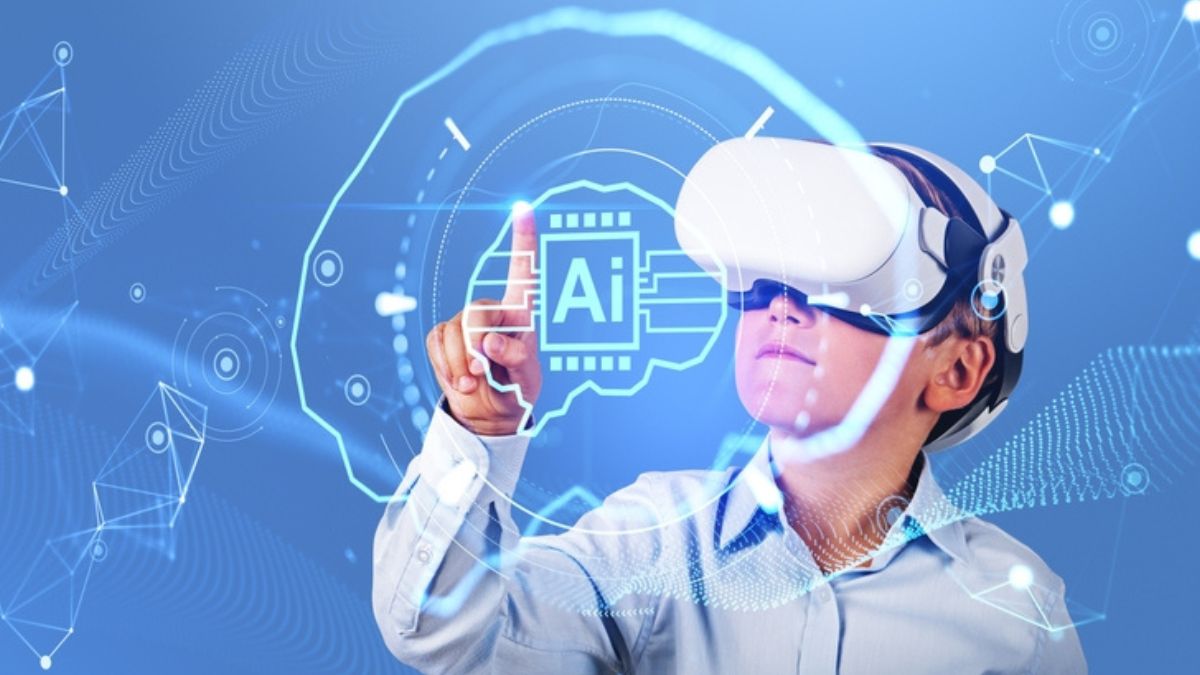Skilling kids in using AI: What’s the sweet spot?
 Representative image
Representative image
Generative AI has put the world’s knowledge one click away, yet it cannot teach a child why failure matters. Parents are watching homework become a prompt-engineering contest while employers warn that 39 per cent of workers’ core skills will be disrupted by 2030. The tension between instant answers and slow-earned wisdom is the defining educational challenge of our time.
ChatGPT can now draft functional code in seconds, but it still lacks the judgment to design a secure, scalable system from scratch. That higher-order architecture, and the ethical foresight that guides it—remains a human prerogative. In an Emeritus survey, 96 per cent of Indian professionals already use AI tools at work, while 90 per cent consider learning AI critical for their career success.
However, it is important to note that experiential and human learning grounded in real-world emotions, reflections, and social interactions cannot be replicated by AI. Skills harnessed from deep, hands-on practice, not shortcuts, will differentiate tomorrow’s talent.
The World Economic Forum’s 2025 Future of Jobs survey ranks analytical thinking, resilience, leadership, and AI & big-data literacy among the fastest-rising core skills. Soft power remains potent: curiosity, empathy, and active listening all enter the global top-ten list. Meanwhile, India’s national employability rate is just 54 per cent—proof that our existing pipelines are not equipping youth with this blend of cognitive, technical, and socio-emotional abilities.
Structured use, not blanket bans
Like fire, AI is dangerous when uncontained, but deny students all exposure, and they will learn haphazardly somehow online.
A graded and controlled license—at Class 8, full license at undergraduate level—could make AI literacy universal while preventing over-reliance.
Assessment redesign
If a chatbot can generate a perfect essay, test what a chatbot cannot: oral defence, in-class problem solving, and collaborative projects that reveal mindsets, not outputs.
Data ethics from day one. Privacy, bias, and intellectual property must be taught alongside prompt engineering. Our youth need to contextualise AI before they can trust its answers.
Teachers as AI power-users, not endangered species
Contrary to popular fear, the classroom teacher may become the most AI-augmented professional of all. Over 61 per cent of educators in India already employ AI for lesson planning or student management, and 8 in 10 report reclaimed time for richer interactions. Imagine each faculty member armed with a personal curriculum co-pilot that:
- Maps every new industry demand to granular learning outcomes
- Generates differentiated worksheets in minutes
- Flags struggling learners in real time
At skill-based higher education institutions, we see early proof: 90 per cent of students engage in work-integrated or skill-integrated programmes, and more than 80 per cent secure placements before they graduate. Embedding AI into faculty workflows—rather than into student shortcuts—has amplified, not replaced, human mentorship.
Hands-on learning: the missing half
AI equalises content; it cannot equalise context. A teenager in rural Arunachal Pradesh can now summon the same tutorial videos as a peer in Mumbai, but only a real project—repairing a solar micro-grid, managing a village supply chain—converts that information into competence.
That is why experiential mandates in the National Education Policy 2020, from internships to On-the-Job Learning, hold the key to inclusive skilling.
Debunking the ‘post-teacher’ myth
Picture a Class XI economics lesson. Students arrive having queried a large-language model about inflationary cycles. The teacher opens not with a lecture but with a local case: the price of onions in their district market. Groups debate AI-generated hypotheses, cross-examine data from the Reserve Bank, and simulate policy responses.
Knowledge flows sideways among peers and then upwards to the facilitator, whose role has shifted from broadcaster to orchestra conductor. Such sessions demand more preparation, stronger scaffolding, and sharper emotional intelligence than ever—precisely the tasks AI can coordinate in the background while humans lead the music.
The rural-urban equity dividend
AI’s translation layers can explain quantum computing in Odia or Marathi, collapsing one barrier to world-class learning. But without broadband, devices, and teacher upskilling, such a promise will remain theoretical.
Policymakers must chase a trinity: fibre-first districts, solar-powered device libraries, and state-funded AI literacy sabbaticals for every school teacher. If we do this right, a village learner’s curiosity—not postcode—will dictate opportunity.
What industry really needs from graduates
Recruiters no longer ask, “Can you memorise the algorithm?” They ask, “Can you frame the problem?” System design thinking, conflict resolution, and the humility to iterate, overshadow raw coding speed.
Employers whom we consult increasingly filter candidates for meta-skills—adaptability, ethical judgment, and the ability to translate client ambiguity into structured AI prompts. Ironically, the more powerful our machines become, the more valuable these human abstractions will be.
A compass for the AI generation
Parents must treat AI like a calculator: allowed only after children master mental arithmetic—here, critical thinking and reflection. Educators should wield AI to personalise rigour, not dilute it, anchoring every digital lesson in lived, local context.
Industry must co-own curricula, sending real challenges into classrooms and accepting apprentices into workflows. Policymakers should codify an AI usage regulation/guidelines that protect young minds, fund rural connectivity, and reward experiential credits.
If we align these vectors, India’s demographic dividend will not be a cheap labour force but a generation of contextual problem-solvers who speak data, feel empathy, and build responsibly with machines.
AI can draft perfect prose, but it cannot feel the sting of a failed prototype or the thrill of a breakthrough. Those emotions build resilience, creativity, and the moral compass that societies need. Let us, then, teach our youth to embrace the grind, question the output, and remember that the ultimate prompt begins with a human heartbeat.
The writer is founder and chancellor of Medhavi Skills University, Sikkim.
Sci/Tech